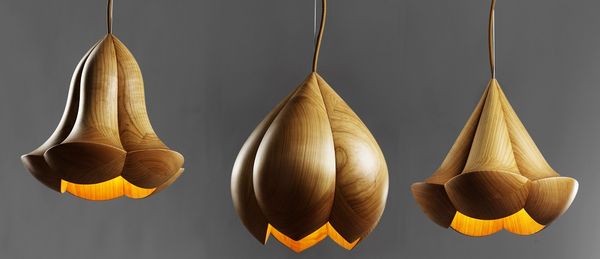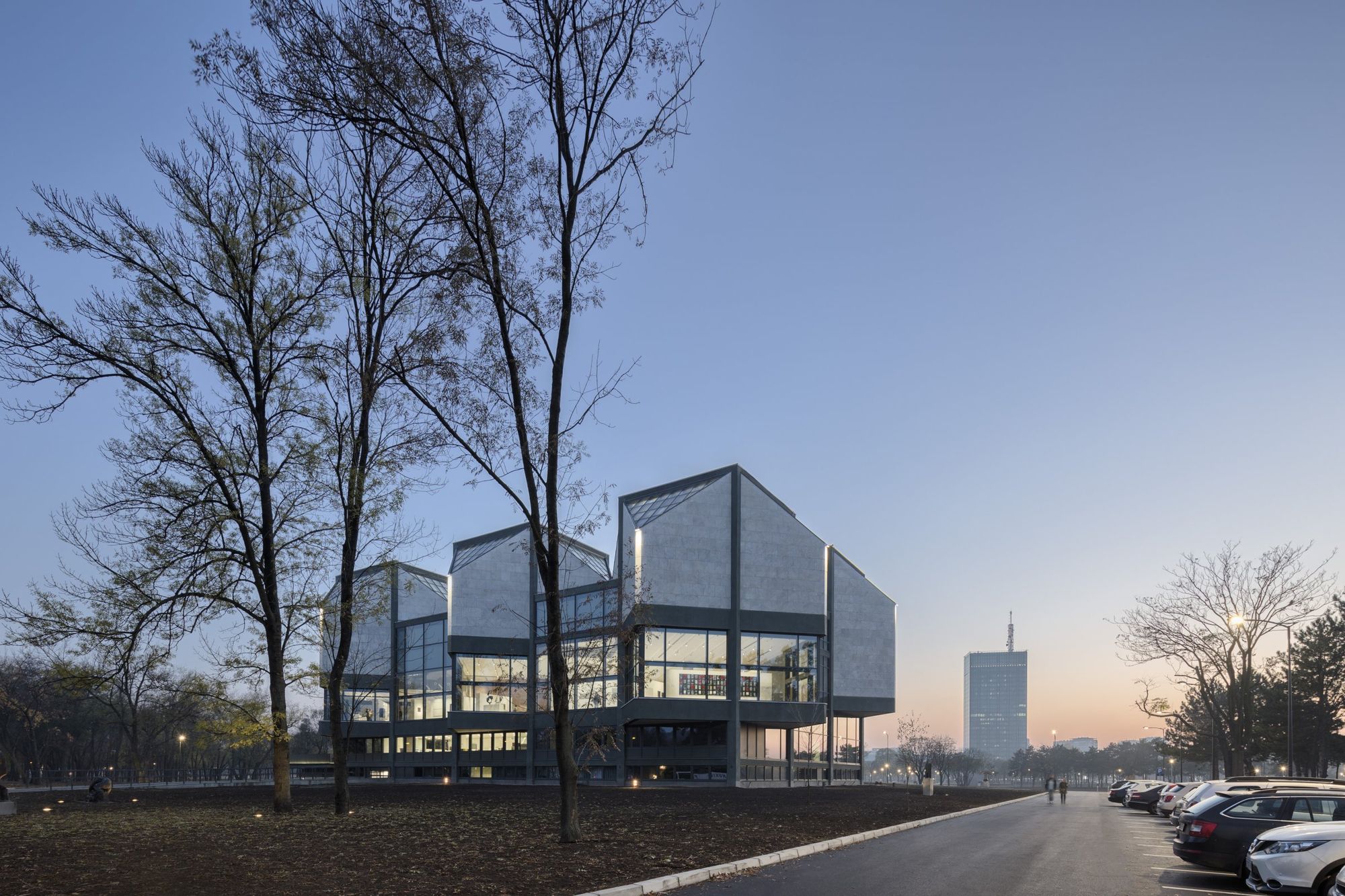Our PACE X HYPEANDHYPER series has reached its third, and, at the same time, last phase: now we move on to presenting the buildings in the category of Recollective Architecture, starting with the modernist building of the Museum of Contemporary Art in Belgrade.
Out of the contemporary architectural projects of Central and Eastern Europe, we could get to know buildings along two categories so far owing to the PACE Project: after the buildings of Sustainable Communities and Innovative Public Places, here come the buildings of Recollective Architecture. This category includes structures that are existing buildings with a vast historical importance that have been refurbished or expanded in a contemporary spirit.

The Museum of Contemporary Art in Belgrade was built based on the designs of Ivanka Raspopović and Ivan Antić, the winners of the call announced for the building in 1959. The museum boasting a geometric shape and built in the spirit of modernism was opened to the public in 1965, and was declared a historical monument in 1987.
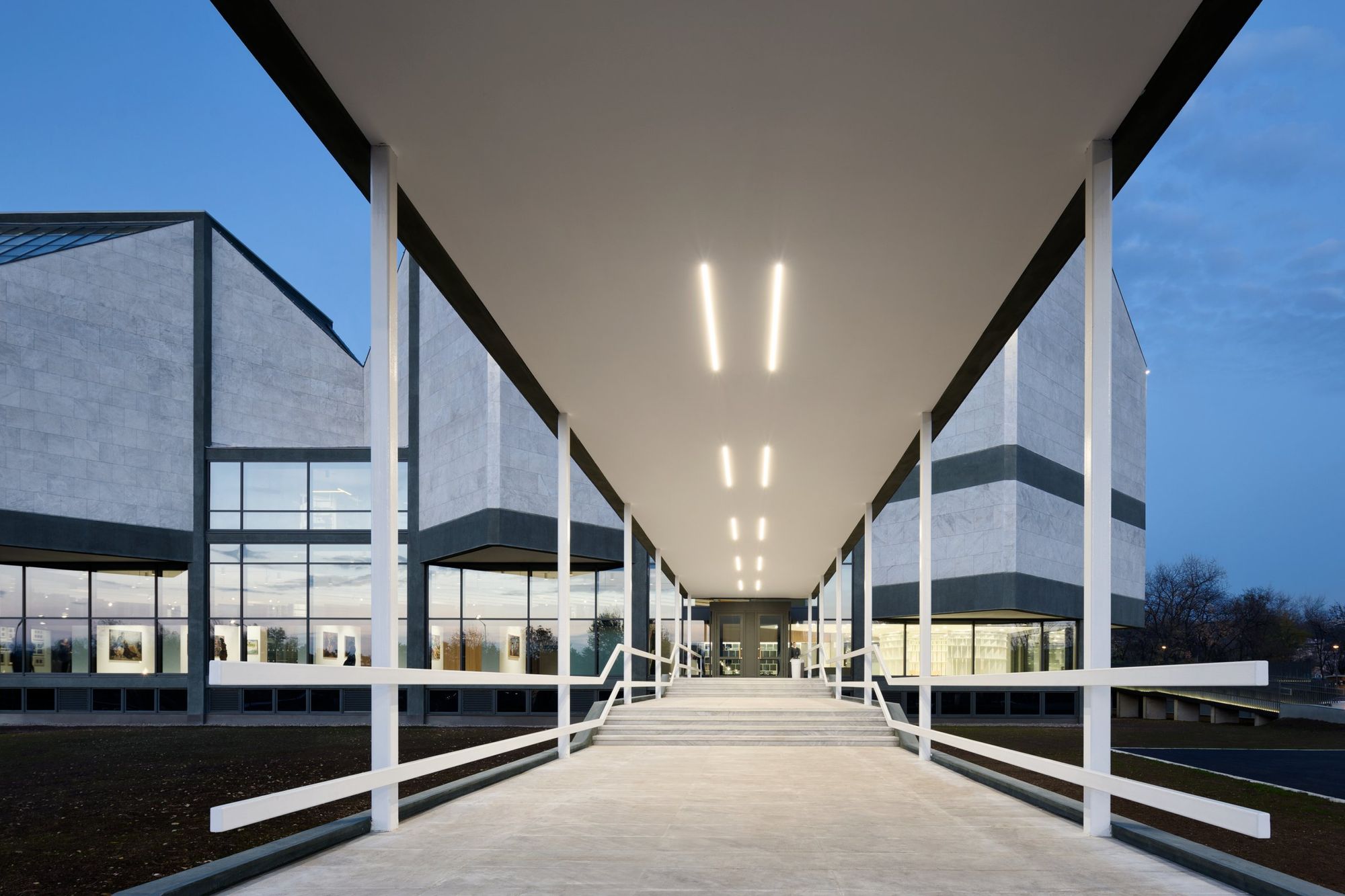
However, due to its grave need for renovation, the museum was closed in 2007. Even though the reconstruction works started immediately, by 2010 the entire project was put under a halt due to the lack of funds. The renovation of the museum continued in 2016, this time based on the genial plans of architect Dejan Todorović made in only three months, owing to which the museum could finally open again in the fall of 2017.
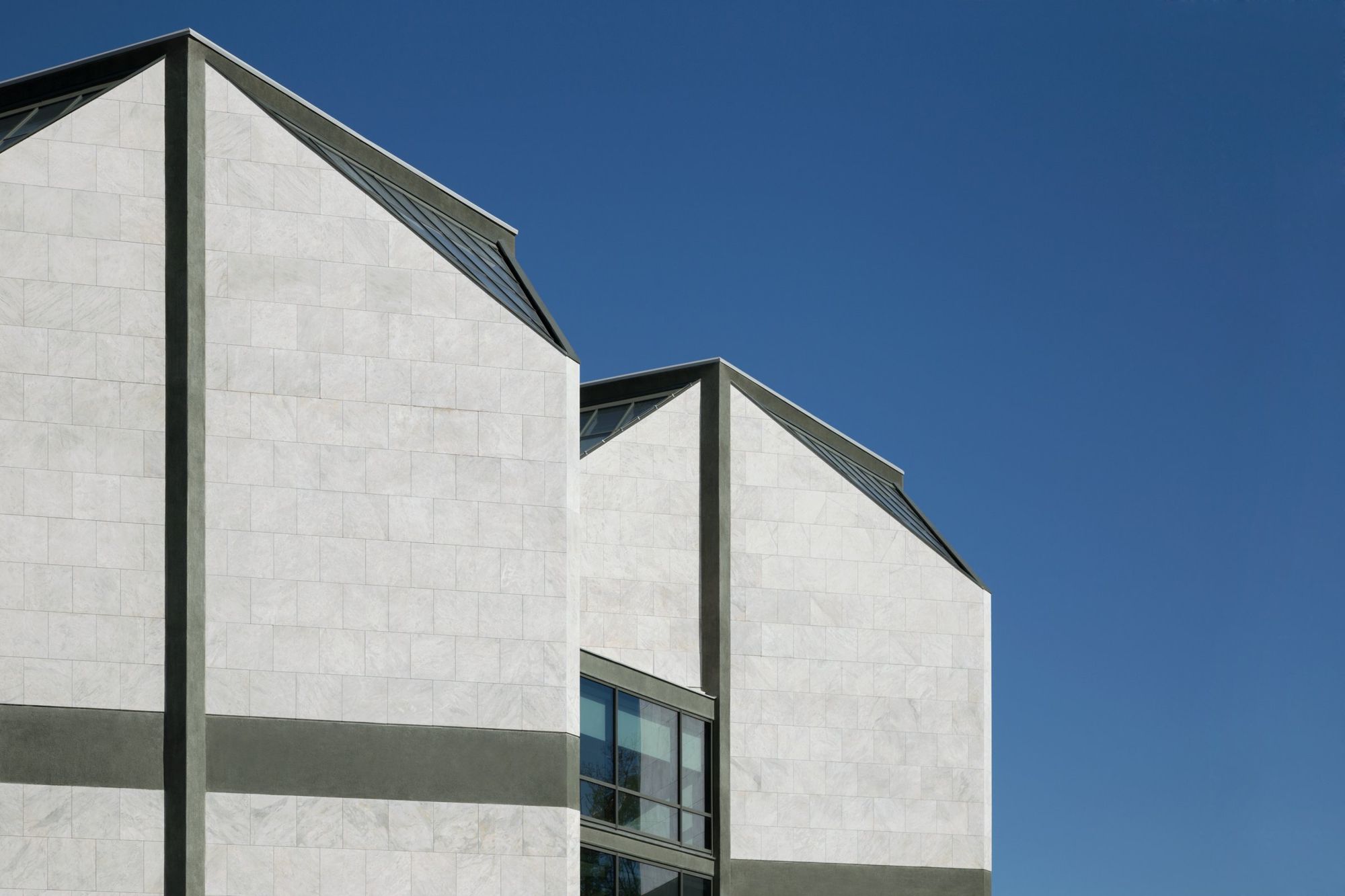
Located at the confluence of the Sava and Danube rivers, the museum was reconstructed in a manner respecting and preserving its iconic shapes, justified on the one hand by the strict rules of the Cultural Heritage Protection Institute of the City of Belgrade, and by the contemporary character of the original design of the building on the other hand. In the fluid interior abundant in natural light and lacking walls, visitors can walk through an exhibition without any interruptions. Naturally, the renovated building meets the criteria of a modern museum in terms of technology, however, in terms of form, it could become contemporary by also preserving its original character.
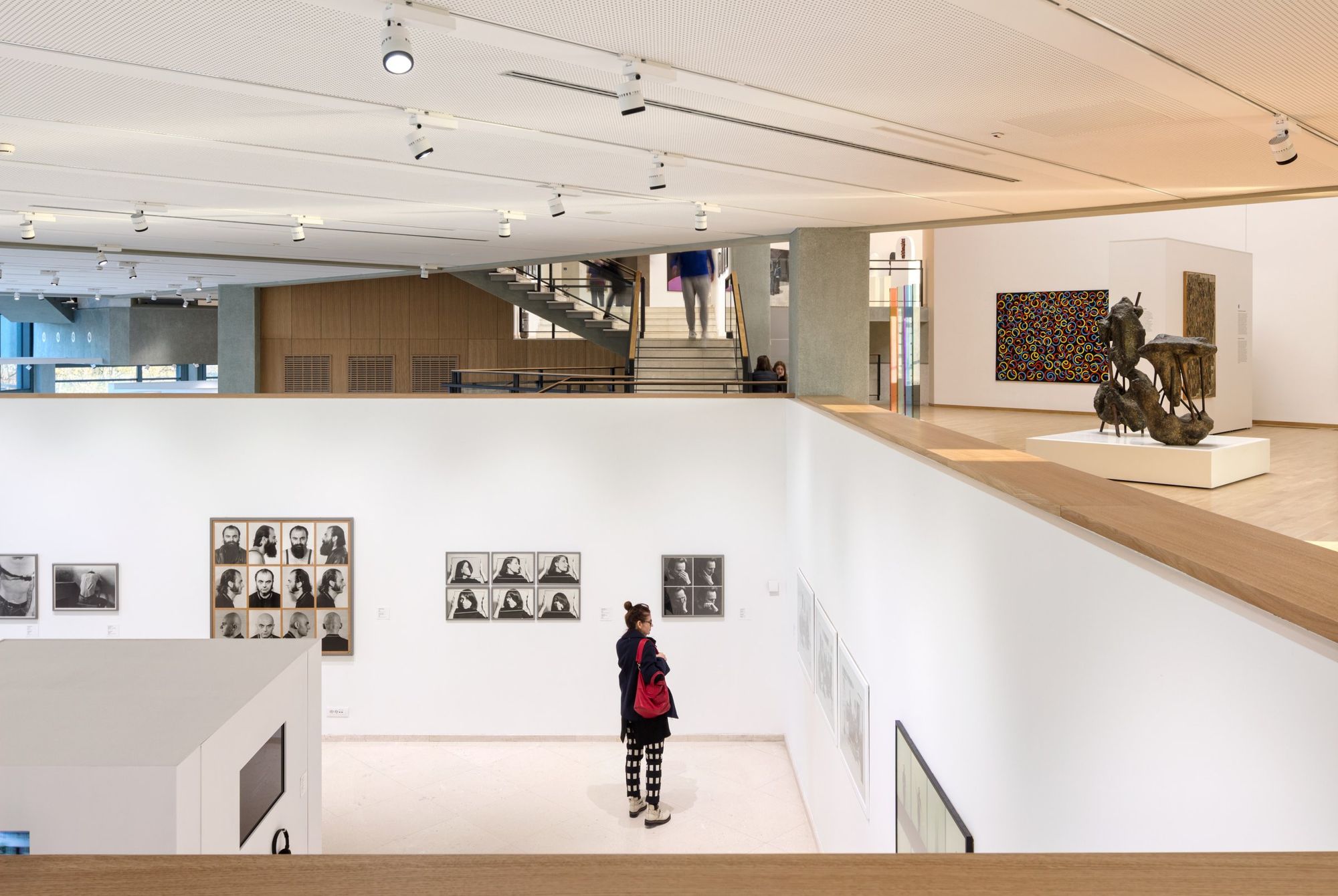

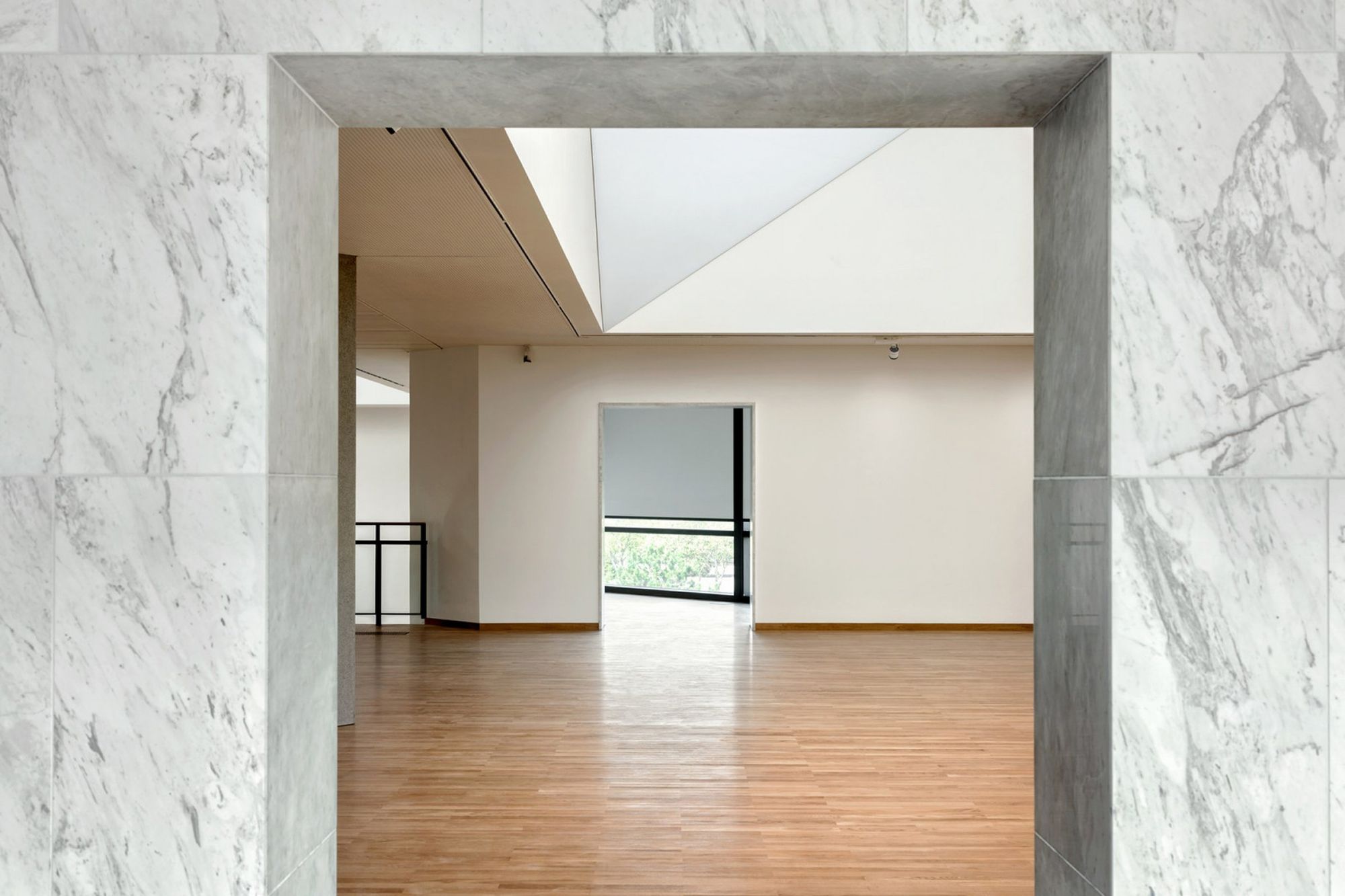

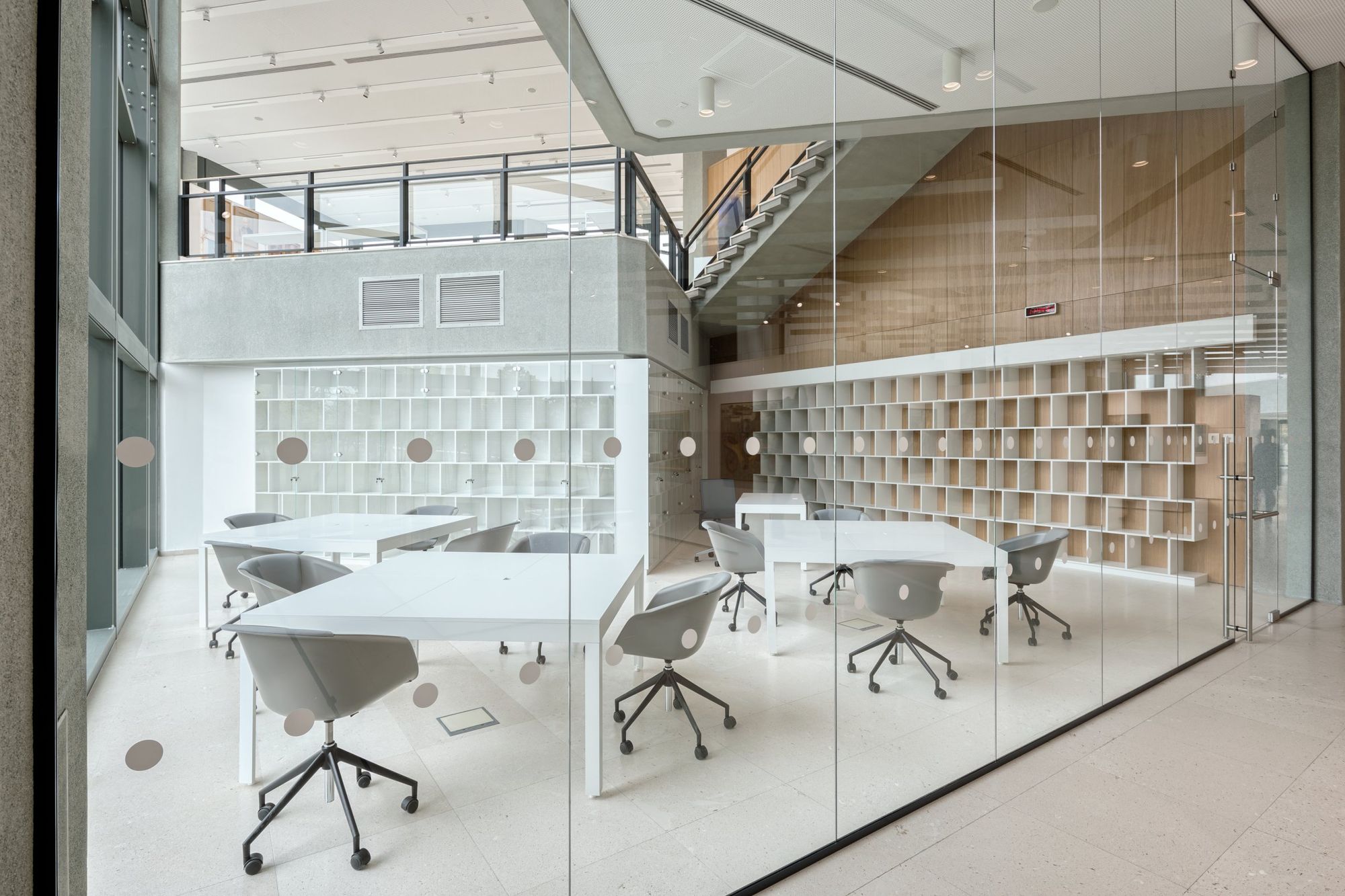
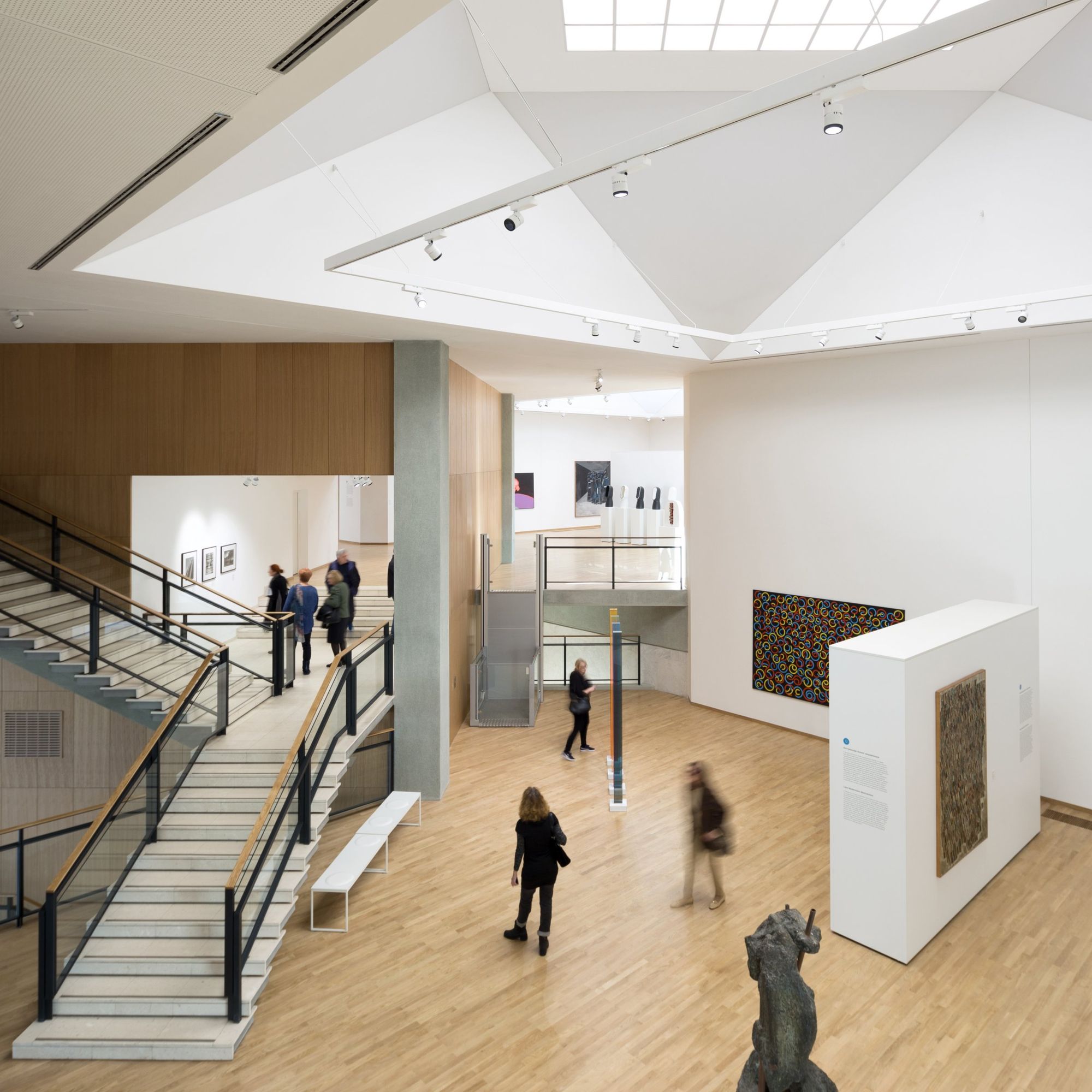
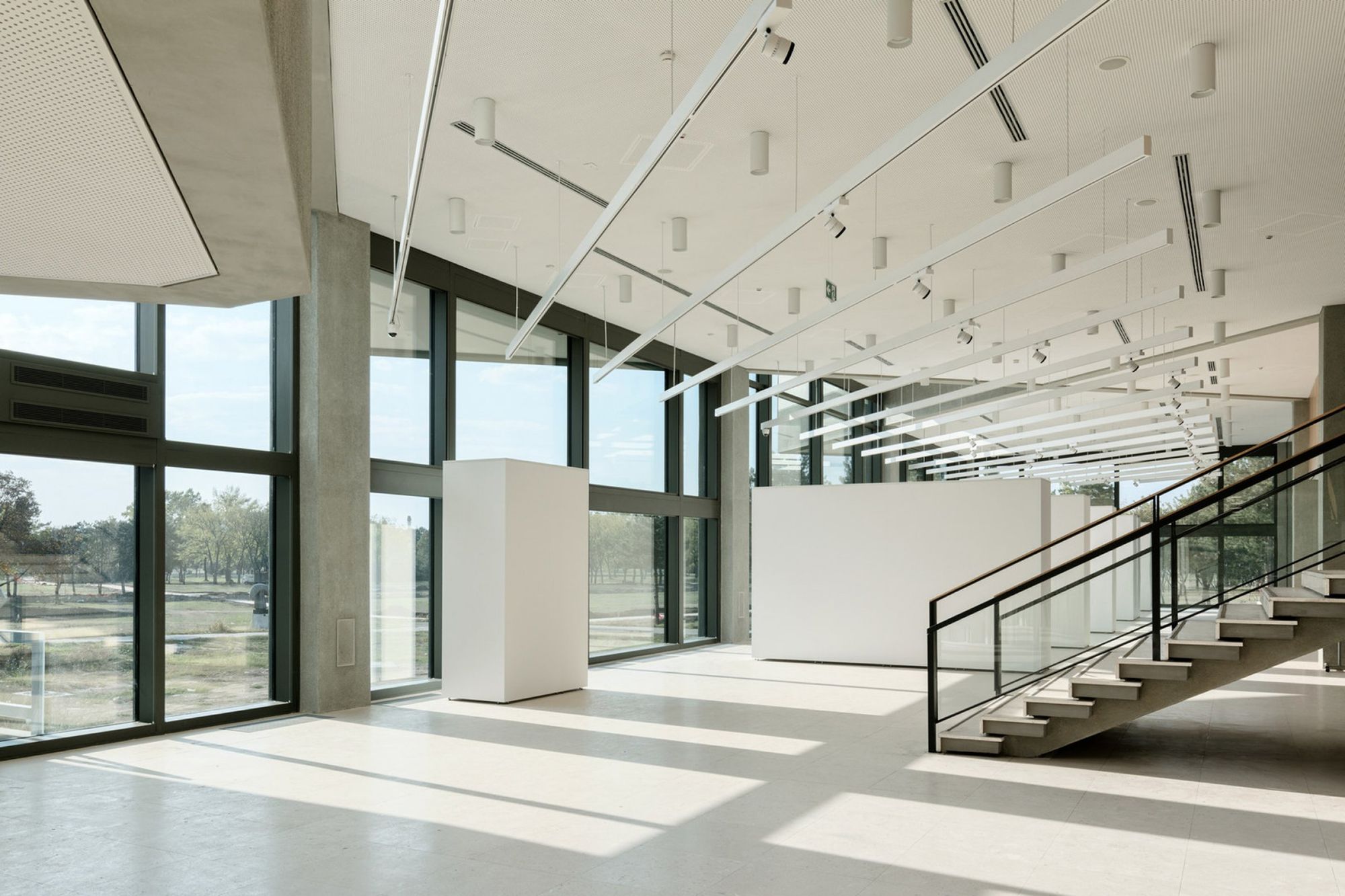


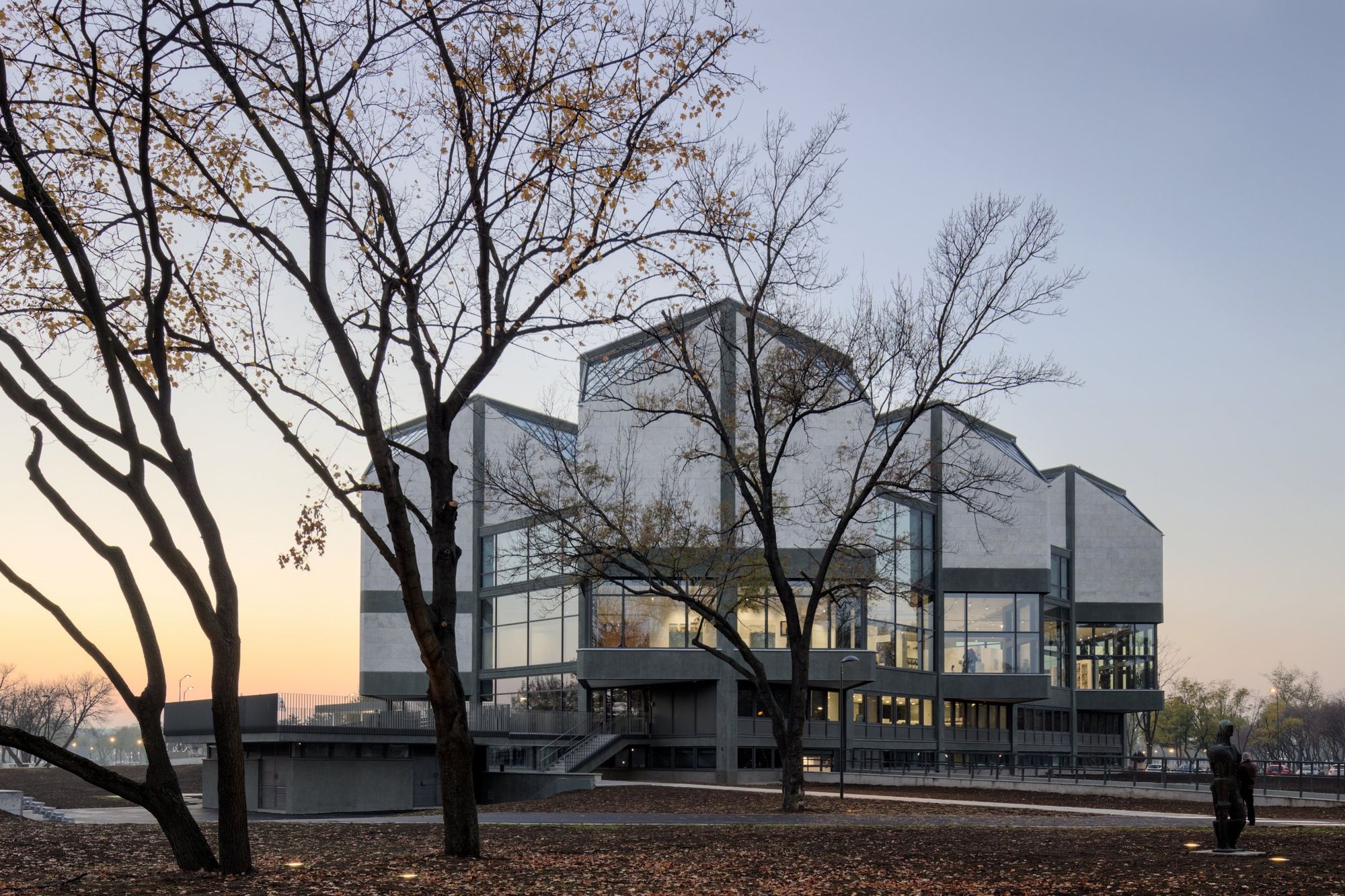
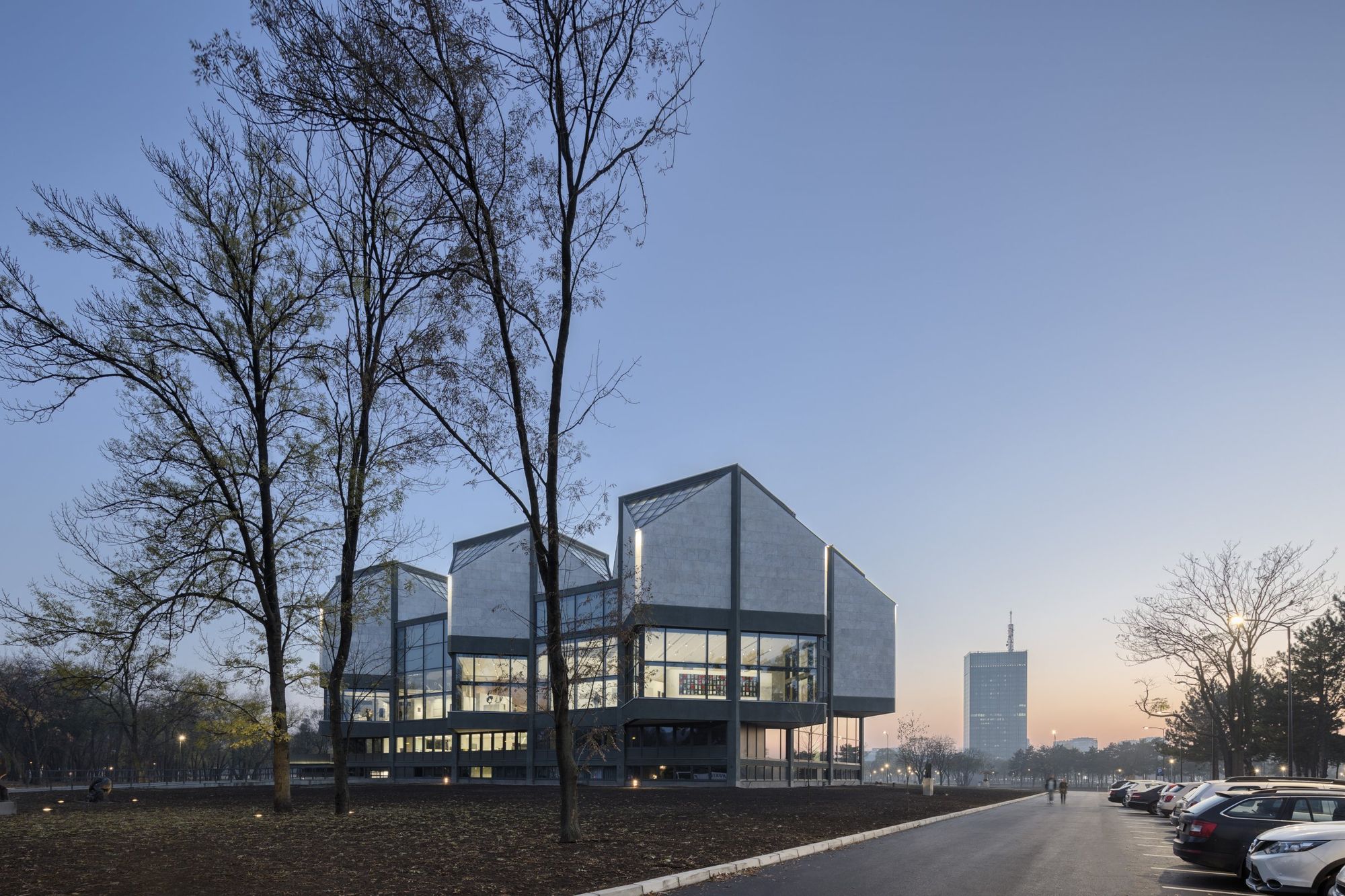
In our PACE X HYPEANDHYPER series, we showcase a prominent contemporary public building from the Central Eastern European region each week.
BME Dept. of Public Building Design | Web | Facebook | Instagram
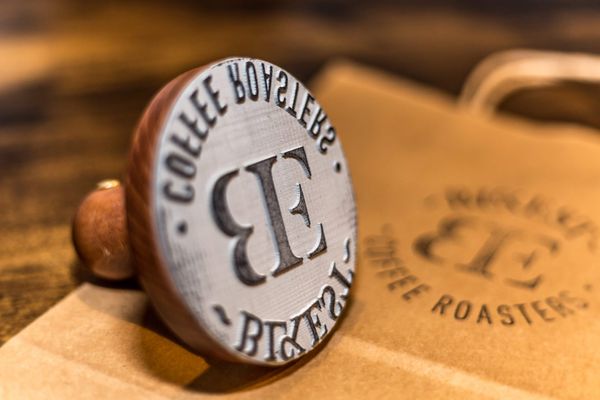
A journey around coffee with BLCKEST Coffee Roasters

Making childhood a timeless experience | BOO Studio
